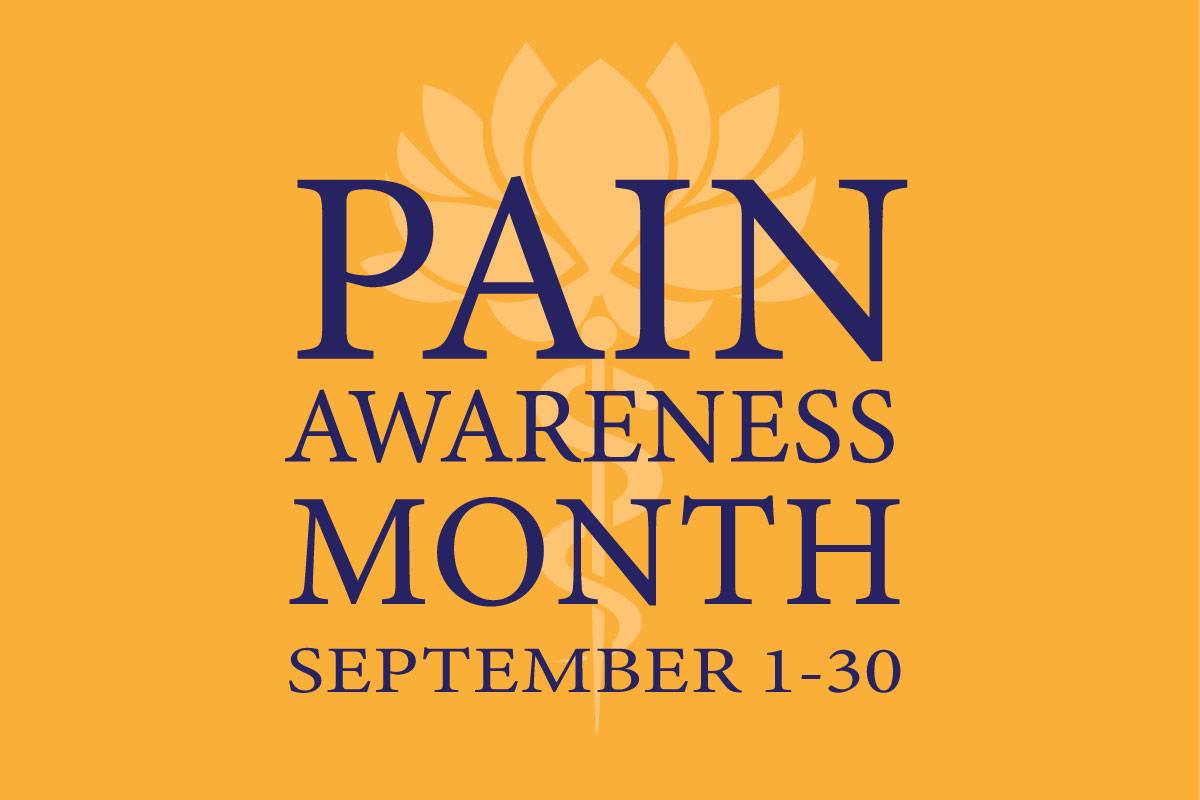
5 Ways We Can Keep Your Immune System Strong
December 10, 2025/by Kaplan Center
Want to Take Your Workout to the Next Level Next Year? These Tips Can Help
December 8, 2025/by Kaplan Center
Dr. Kaplan’s Dos and Don’ts of the Holiday Season
December 3, 2025/by Kaplan Center
Let’s Talk Webinar – A Root Cause Q&A
December 2, 2025/by Kaplan Center
Navigating Holiday Meals with Gut Issues: Simple Tips for a Comfortable Season
December 1, 2025/by Chardonée Donald, MS, CBHS, CHN, CNS, LDN
Craniosacral Therapy for TMJ | Say Goodbye to the Daily Grind
November 19, 2025/by Patricia Alomar, M.S., P.T.
From Compassionate Care to Personal Healing: A Letter to My Patients
November 18, 2025/by Kaplan Center
8 Steps to a Healthier Gut—and a Longer, Healthier Life
November 18, 2025/by Kaplan Center
Mid-Life Irritability & Fatigue Improved by Hormonal Balancing
November 13, 2025/by Lisa Lilienfield, MD
From Challenges to Change: Dr. Kaplan on Healthcare’s Biggest Challenges
October 29, 2025/by Kaplan Center
Overlooked Dangers of Mold Exposure and How to Stay Safe – Dr. Kaplan Talks to WUSA9
October 27, 2025/by Kaplan Center
Let’s ‘Fall’ Into Wellness: A Nutritionist-Approved Immune-Boosting Recipe for Cold and Flu Season
October 13, 2025/by Chardonée Donald, MS, CBHS, CHN, CNS, LDN
PANS/PANDAS – When Sudden Symptoms Signal Something More
October 9, 2025/by Kaplan Center
Beating Burnout, A Nutritionist’s Perspective
October 1, 2025/by Chardonée Donald, MS, CBHS, CHN, CNS, LDN
3 Things That Can Happen After Stopping GLP-1s
September 11, 2025/by Chardonée Donald, MS, CBHS, CHN, CNS, LDN
What Families Need to Know About COVID and Flu Season
September 3, 2025/by Kaplan Center
September is Pain Awareness Month
September 1, 2025/by Kaplan Center
Dr. Kaplan Spoke to Northern Virginia Magazine About COVID, Flu, and Immunity — Here’s What You Should Know
August 14, 2025/by Kaplan Center
“Why Do I Feel Like Crap?”: The Overlap Between Long COVID and Perimenopause
July 30, 2025/by Kaplan Center
Why People Are Turning to EMDR (and Why You Might Want to Too)
July 23, 2025/by Kaplan CenterAre you looking to improve your overall wellness?
Personalized care you can trust.
Our integrative, non-surgical treatment approach is highly successful in maintaining wellness and also treating chronic pain and illness. For more than 30 years, we have delivered superior, cutting-edge health care in the Washington, DC area.
QuickLinks
Contact Information
Tel: 703-532-4892
Fax: 703-237-3105
6829 Elm Street, Suite 300
McLean, Virginia 22101
Map It
Hours of Operation
Mon – Thu : 8 am – 5 pm, ET
Fri : 8 am – 12 pm, ET
5 Steps For Better Health If You Have a Chronic Illness or Pain
/in Wellness, Women's Health/by Kaplan CenterToday, medical care is a highly specialized and compartmentalized business, and many physicians are pressured by significant time constraints. When your health problems are complex, it can be difficult and frustrating to find answers. Be your own advocate, don’t be afraid to ask questions, and seize control of your health.
5 Important Steps For Better Health When You Have a Chronic Illness or Pain
Chronic pain is a multi-faceted problem that requires a multi-disciplinary approach to diagnosing and treating your pain.
We are here for you, and we want to help.
Our goal is to return you to optimal health as soon as possible. To schedule an appointment please call: 703-532-4892 x2
Updated September 16, 2024
A Conversation with Chardonée Donald: Embracing Holistic and Integrative Nutrition at Kaplan Center
/in Nutrition, Wellness/by Kaplan CenterChardonée Donald has been a valued member of the Kaplan Center team for over a year, bringing a wealth of knowledge and a unique approach to patient care. In this interview, she shares her experiences, insights, and personal journey that shape her practice.
Q: Reflecting on your time with us, what has been a key factor that makes you proud to be part of our team?
Chardonée: Over the past year, I have come to appreciate the true sense of teamwork at the Kaplan Center. Everyone here respects each other’s expertise, creating an environment where we learn from one another. This mutual respect and willingness to learn are crucial in healthcare, as we continually strive to better ourselves to improve the lives of our patients.
Q: Dealing with a wide range of emotions is part of healthcare. Can you describe a time when you had to adapt your approach to meet a patient’s emotional or psychological needs?
Chardonée: Adapting my approach to meet a patient’s needs is something I do regularly. I meet each patient where they are, as no two appointments are the same. Unlike the typical intake process, I conduct intakes with patients, asking questions to gather their background without overwhelming them. This approach helps me avoid triggering medical trauma. Listening intently often reveals critical details that might otherwise be missed, allowing me to piece together a complex puzzle. Building trust is essential, so I always ensure patients feel heard and safe, creating a peaceful atmosphere for them to express their concerns.
Q: In what ways have your personal interests or extracurricular activities helped shape your approach to patient care or team collaboration within our practice?
Chardonée: My work as a Certified Sickle Cell Medical Navigator with Sickle Cell Medical Advocacy Inc. has profoundly influenced my approach to patient care. Witnessing the daily struggles of Sickle Cell Warriors, including my husband, has taught me to never overlook symptoms, no matter how small. This experience has also deepened my understanding of preventative care and the impact of nutrition on health.
Interestingly, my dog Harmony’s battle with a Mast Cell Tumor last year provided valuable lessons in using foods, herbs, and teas for healing. These principles have applications in both veterinary and human medicine. Additionally, running my organic tea business, The Potter’s Kettle, has broadened my perspective, viewing sales as investments in health rather than mere transactions.
My strong faith and personal experiences with health challenges drive my commitment to individualized patient care. I focus on treating each patient as a unique individual, considering their specific needs and comorbidities. This approach, supported by my extensive educational background, sets me apart and is supported by my team at the Kaplan Center.
About Chardonée Donald, CHN, CNS, LDN, Certified Nutrition Specialist
Chardonée Donald is a Board-Certified Nutrition Specialist and Licensed Dietitian Nutritionist, currently a 3rd year Ph.D. candidate in the Integrative and Functional Nutrition Program at Saybrook University. She holds a Bachelor of Science in Biomedical Science with a Minor in Nutrition and a Master of Science in Human Nutrition. She is also a Certified Holistic Nutritionist. She completed her CNS credentials through the American Nutrition Association and has over a decade of experience in nutrition.
Her approach to care involves finding the root cause of disorders and treating them accordingly, often asking patients to commit to a long-term plan to undo years of damage. Chardonée’s background includes working in a health food store, caregiving for her grandmother with dementia, working with Baltimore County WIC, and educating patients on various complex conditions such as diabetes, gut dysbiosis, Mast Cell Activation Disorder, POTS, and Sickle Cell Disease.
Chardonée is passionate about reducing inflammation, addressing gut dysbiosis, and supporting overall health through nutrition. Her holistic and scientific approach ensures that each patient receives tailored care, recognizing the uniqueness of every individual.
Personal Interests and Community Involvement
Outside of her professional life, Chardonée is a devoted wife, bonus mom, dog mom, and active community member in Northern Virginia. She enjoys cooking, DIY health projects, painting, reading, rollerblading, and volunteering with her local church. She also serves as a Teaching Assistant in the Integrative and Functional Nutrition Program at Saybrook University and is CoFounder of the Nonprofit Organization On The Air Sickled Podcast with her husband, Sickle Cell Medical Navigator with SCMA, and over the next few months will be dedicating time to her case study on Sickle Cell Disease management and nutrition.
To schedule an appointment with Chardonée Donald, please call 703-532-4892.
We are here for you, and we want to help.
Our goal is to return you to optimal health as soon as possible. To schedule an appointment please call: 703-532-4892 x2
“Text Neck Syndrome” Is No Joke; Your Chronic Neck Pain is Trying to Get Your Attention
/in Conditions/by Kaplan CenterChronic neck pain has been a growing problem since the arrival of handheld technology. “Text Neck,” also called forward head posture, is a condition caused by the repetitive stress placed on the cervical spine from looking down. In addition to chronic neck pain, bending your neck for too long may also cause upper shoulder pain, headaches, muscle stiffness and postural changes. But neck pain can also be an important clue to the existence of underlying health issues.
Looking down for an extended period of time puts you at risk of overstretching the supporting muscles, tendons, and ligaments of the cervical spine. These elastic structures should recoil back to normal, but there are many reasons why the connective tissue in the neck doesn’t rebound, including:
Diagnosing & Treating Chronic Neck Pain
At the Kaplan Center, we’ll look at multiple areas of health to determine the root cause of your pain and all the factors that may be exacerbating your symptoms. Neck problems are best treated by a multidisciplinary team and comprehensive treatment is key to long-lasting results. Depending on your evaluation and test results, recommended treatments may include:
The treatments above can help relieve your immediate pain, promote long-term symptom relief, and help prevent future episodes of neck pain. In our experience, a combination of treatment strategies works best.
Don’t ignore the message, let us help you! Please give us a call today to make an appointment – 703-532-4892. Ext 2.
We are here for you, and we want to help.
Our goal is to return you to optimal health as soon as possible. To schedule an appointment please call: 703-532-4892 x2